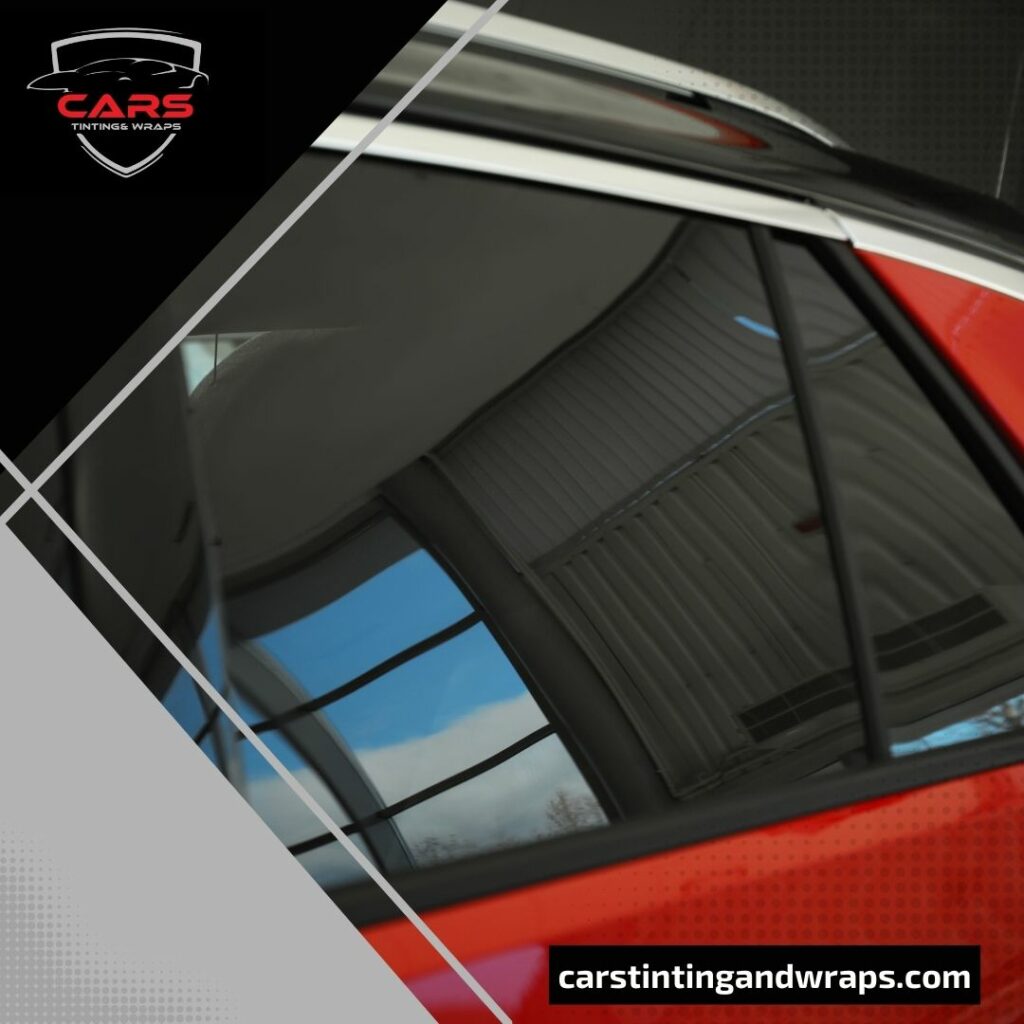
When it comes to auto tinting, there’s more to consider than just how dark your windows look. The type of tint you choose can affect your vehicle’s comfort, performance, privacy, and even safety. With a variety of tint options available—each offering unique benefits—understanding the differences is the key to making a choice that fits your lifestyle and driving needs.
Understanding the Most Common Tint Types
Here’s a breakdown of the top auto tinting types and what each brings to the table:
1. Dyed Window Tint – Entry-Level Simplicity
Dyed tint is one of the most affordable options. It uses a layer of dye to absorb sunlight and reduce glare.
Pros: Budget-friendly, adds a sleek look, and offers mild UV protection.
Cons: Less effective at blocking heat and prone to fading over time.
2. Metalized Tint – Reflective and Durable
This tint contains tiny metallic particles that reflect heat and strengthen the window.
Pros: Scratch-resistant, excellent heat reduction, and shatter resistance.
Cons: May interfere with radio, GPS, and phone signals due to its metallic nature.
3. Carbon Tint – A Stylish and Functional Upgrade
Carbon tint doesn’t fade like dyed film and doesn’t interfere with electronics.
Pros: Matte finish, good heat rejection, no signal interference.
Cons: Slightly more expensive than dyed or metalized films.
4. Ceramic Tint – Top-Tier Performance
The most advanced option, ceramic tint uses nano-ceramic particles for superior protection.
Pros: Best heat and UV rejection, crystal-clear visibility, highly durable, no signal interference.
Cons: Premium price tag, but worth the investment for serious drivers.
How to Choose the Right Tint for You
When deciding on the best auto tinting for your car, ask yourself:
- Do I drive in high heat or bright sun regularly?
- Is signal clarity for GPS and devices important to me?
- What’s my budget?
- Do I want a tint that lasts for years or just a quick upgrade?
Matching your answers with the features of each tint type will guide you to the best option.
Auto tinting isn’t just a cosmetic choice—it’s about comfort, protection, and long-term value. Whether you’re going for affordability or premium performance, understanding the pros and cons of each tint type will help you make a decision that enhances your driving experience.
READ MORE:
The Best Auto Tinting for Your Vehicle: Pros and Cons of Different Tint Types